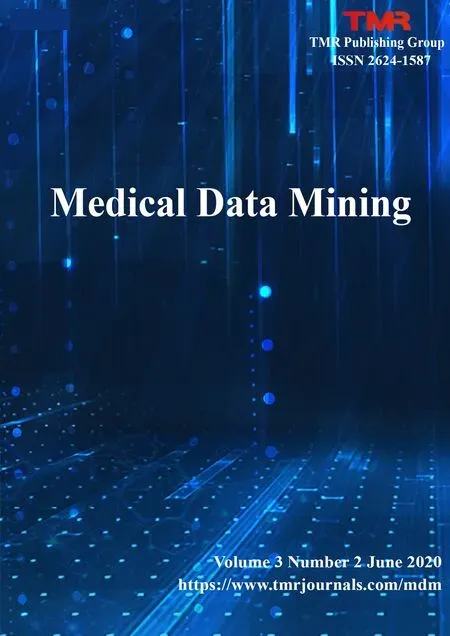The law of Chinese medicine prescriptions in dictionary of Chinese medicine prescription for lepriasis: a data mining analysis
Hai-Ping Duan, Hai-Die Liu, Yu-Rong Zhao, Ming-Kai Wang, Li-Fen Wang
The law of Chinese medicine prescriptions in dictionary of Chinese medicine prescription for lepriasis: a data mining analysis
Hai-Ping Duan1, Hai-Die Liu1, Yu-Rong Zhao1, Ming-Kai Wang1, Li-Fen Wang2*
1Yunnan University of Traditional Chinese medicine, Kunming 650500, China;2The First Affiliated Hospital of Yunnan University of Chinese medicine/Yunnan Provincial Hospital of Traditional Chinese Medicine, Kunming 650021, China.
Lepriasis is a chronic and less contagious disease caused by mycobacterium leprosy. It is characterized by ulcerations of the internal organs, bone and skin. In severe cases, it can lead to sensory loss, gangrene, limb deformation and paralysis. It is not hereditary, and usually occurs two to seven years after infection. It has not been completely eliminated, and is still an important public health problem. China is still a low leprosy endemic area. In China, 1,000 to 1,500 people were infected with leprosy every year between 2000 and 2012 The purpose of this study was to explore the law of Chinese medicine prescriptions for lepriasis in dictionary of Chinese medicine prescription by data mining.Prescriptions for the treatment of leprosy were obtained from dictionary of Chinese medicine prescription. Weka 3.8 was used to analyze the relationship among drugs. Hierarchical clustering analysis was conducted by unsupervised entropy hierarchical clustering algorithm to obtain new prescriptions for the treatment of lepriasis.Five hundred and twenty-five prescriptions for the treatment of lepriasis were selected from the dictionary of Chinese medicine prescription. The results showed that drugs with high-frequency use were Fangfeng ()Danggui ()Kushen () Jingjie ()Chuanxiong()and so on. Most of them were antipyretic drugs. The property of drugs mainly was warm, followed by flat and cold. The function of drugs mainly was relieving exterior syndrome, followed by tonifying deficiency, suppressing hyperactive liver for calming endogenous wind, clearing heat, etc. The taste of drugs mainly was spicy, followed by bitter, sweet, etc. The meridian of drugs mainly was liver meridian, followed by lung meridian, spleen meridian, stomach meridian, heart meridian and so on. Four new prescriptions have been discovered.The law of Chinese medicine prescription for lepriasis in dictionary of Chinese medicine prescription was summarized by data mining. It provides an insight into the treatment of lepriasis using traditional Chinese medicine and new drug research.
Lepriasis, Chinese medicine prescription, Data mining
This study summarized and analyzed the law of Chinese medicine prescription dictionary in the treatment of leprosy, combined the new prescription, and analyzed the effects of commonly used drugs from the modern pharmacology and clinical aspects..
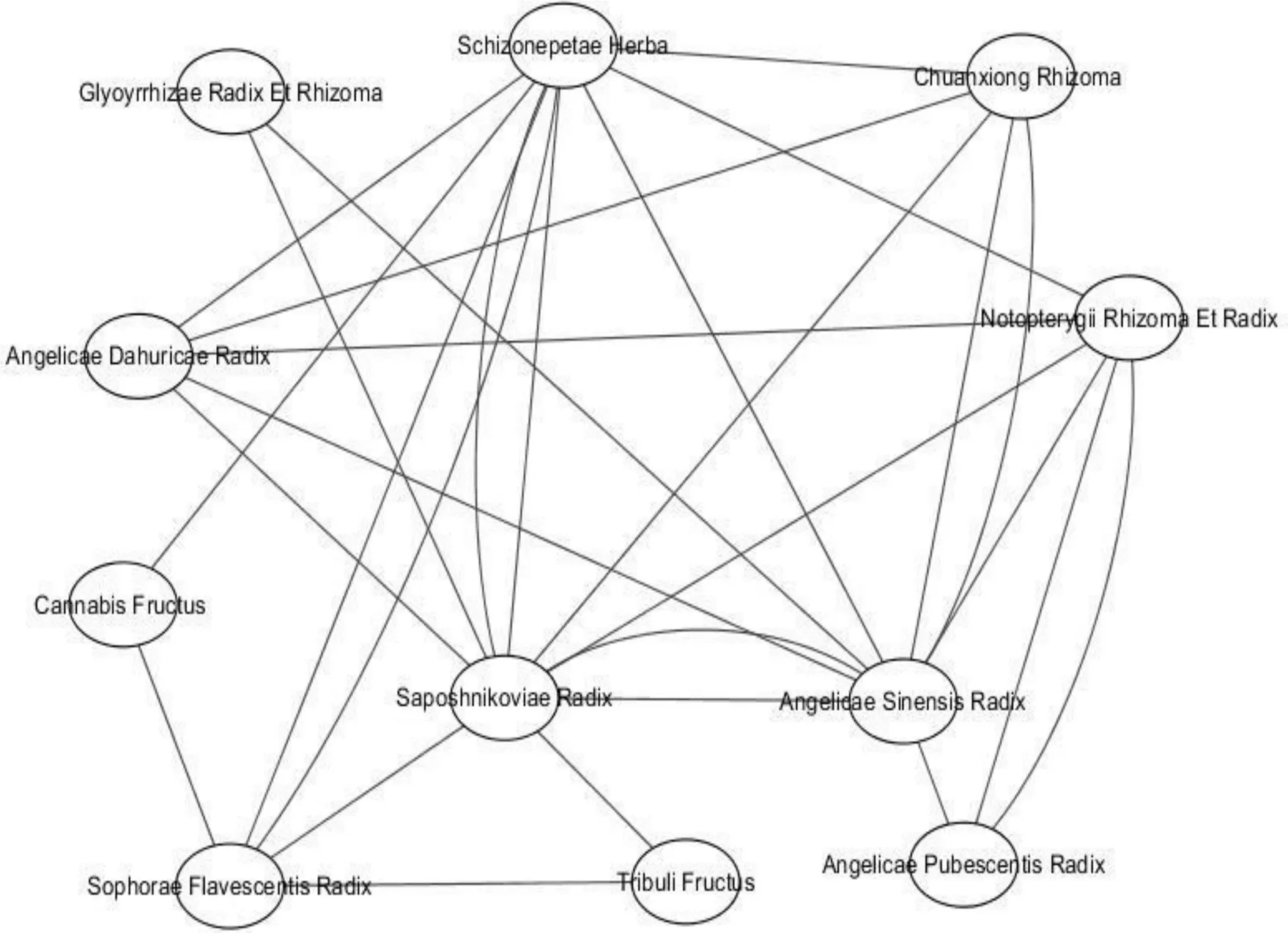
Background
Lepriasis is a chronic and less contagious disease caused by mycobacterium leprosy. It is characterized by ulcerations of the internal organs, bone and skin. In severe cases, it can lead to sensory loss, gangrene, limb deformation and paralysis. It is not hereditary, and usually occurs two to seven years after infection [1]. It has not been completely eliminated, and is still an important public health problem [2]. China is still a low leprosy endemic area [3]. In China, 1,000 to 1,500 people were infected with leprosy every year between 2000 and 2012 [4].
Lepriasis is one of the earliest infectious diseases in the world. It has been around for more than three thousand years in China. In the ancient traditional Chinese medicine, lepriasis primarily was caused by wet, hot, wind, insect poison, etc. The therapeutic principle on leprosy mainly included: (1) flooding wind, clearing damp, and counteracting toxic substances; (2) strengthening the body resistance, invigorating the circulation of blood, and dredging collaterals; (3) moisturizing, and strengthening muscles [5].
At present, there are no researches on the data mining of Chinese medicine prescriptions for lepriasis in dictionary of Chinese medicine prescription. The purpose of this study was to explore the law of Chinese medicine prescription for lepriasis in dictionary of Chinese medicine prescription by data mining.
Materials and Methods
Source of prescription
Prescriptions for the treatment of leprosy were obtained from dictionary of Chinese medicine prescription.
Inclusion criteria
(1) Oral drug; (2) Prescription should contain prescription name, composition, function, indication and usage.
Exclusion criteria
(1) Duplicated prescriptions, such as prescriptions with same elements and different names; (2) Prescriptions for external application.
Standardization of data
According to the bookand, same drugs with different names were standardized. Different parts of the same drug were standzrdized. For example, "Body of angelica sinensis" and "Stern of angelica sinensis" were labelled as "angelica sinensis". The drugs not included inandwere excluded, such as "fen gang an", "gou tou hui". According to the book, the flavor and Meridian tropism of drugs in included prescriptions were standardized.
Statistical analysis
SPSS 20.0 was used to calculate the frequency of flavor and Meridian tropism and frequency of use. Weka 3.8 was used to analyze the relationship among drugs. Cytoscape 3.6.1 was used to draw the network diagram of drugs with strong association strength close to each other for the treatment of lepriasis. Hierarchical clustering analysis was conducted by unsupervised entropy hierarchical clustering algorithm to obtain new prescriptions for the treatment of lepriasis.
Results
Selection of prescriptions
In this study, 525 prescriptions for the treatment of lepriasis were selected from dictionary of Chinese medicine prescription, including 502 types of traditional Chinese medicine.
Drugs with high-frequency use
The results showed that drugs with frequency of use ≥ 50 included Fangfeng () Danggui () Kushen () Jingjie () etc. The cumulative frequency was 2617 times, accounting for 43.20% of the frequency of all drugs (6064 times) (Table 1).
Function of drugs with high-frequency use
According to the statistical results, the function of drugs with the frequency ≥ 50 was divided into 11 categories, such as diaphoresis, tonify deficiency, suppressing hyperactive liver for calming endogenous wind, clearing heat, and promoting blood circulation to remove blood stasis, according to the frequency from large to small. The cumulative frequency of above drugs was 2617 times, accounting for 43.25% of the frequency of all drugs (6064 times) (Table 2).
Properties of drugs with high-frequency use
The statistical results showed that the properties of drugs with the frequency ≥ 50 were warm, flat, cold and hot according to the frequency from large to small. The frequency of above drugs was 2617 times, accounting for 43.16% of the frequency of all drugs (6064 times) (Table 3).
Taste of drugs with high-frequency use
The statistical results showed that the taste of drugs with the frequency of use ≥ 50 were spicy, bitter, sweet, salty, astringency, and sour according to the frequency from large to small. The frequency of above drugs was 3898 times, accounting for 42.07% of the frequency of all drugs (9262 times) (Table 4).
The statistical results showed that meridian of drugs with frequency ≥ 50 were liver meridians, lung meridians, spleen meridians, stomach meridians and heart meridians. The frequency of above drugs was 7127 times, accounting for 45.65% of the frequency of all drugs (15612 times) (Table 5).
Association rule analysis of drugs with high-frequency use
In association rules analysis, the minimum confidence degree was 50%, the maximum number of preceding items was one, and the minimum support degree was 15.43%. Table 6 shows the association rules among drugs. Figure 1 shows the network diagram of drug association rules of paired drugs.
New prescription based on hierarchical clustering
Based on the unsupervised entropy hierarchical clustering algorithm, the entropy hierarchical clustering analysis shows that four new combinations of treatment prescriptions for lepriasis were produced(Table 7)

Table 1 Drugs with high-frequency use for the treatment of lepriasis
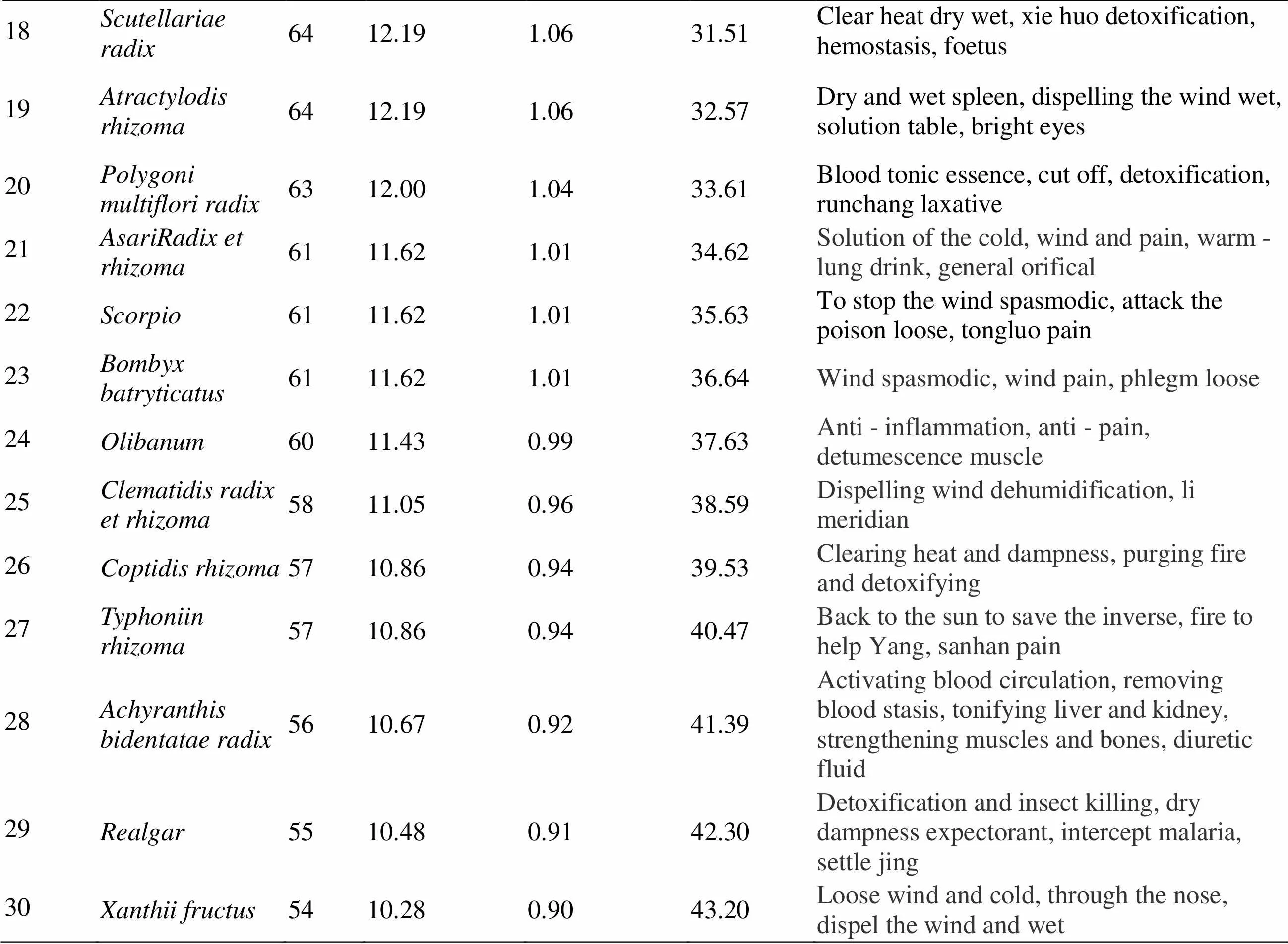
Table 1 Drugs with high-frequency use for the treatment of lepriasis (continued)
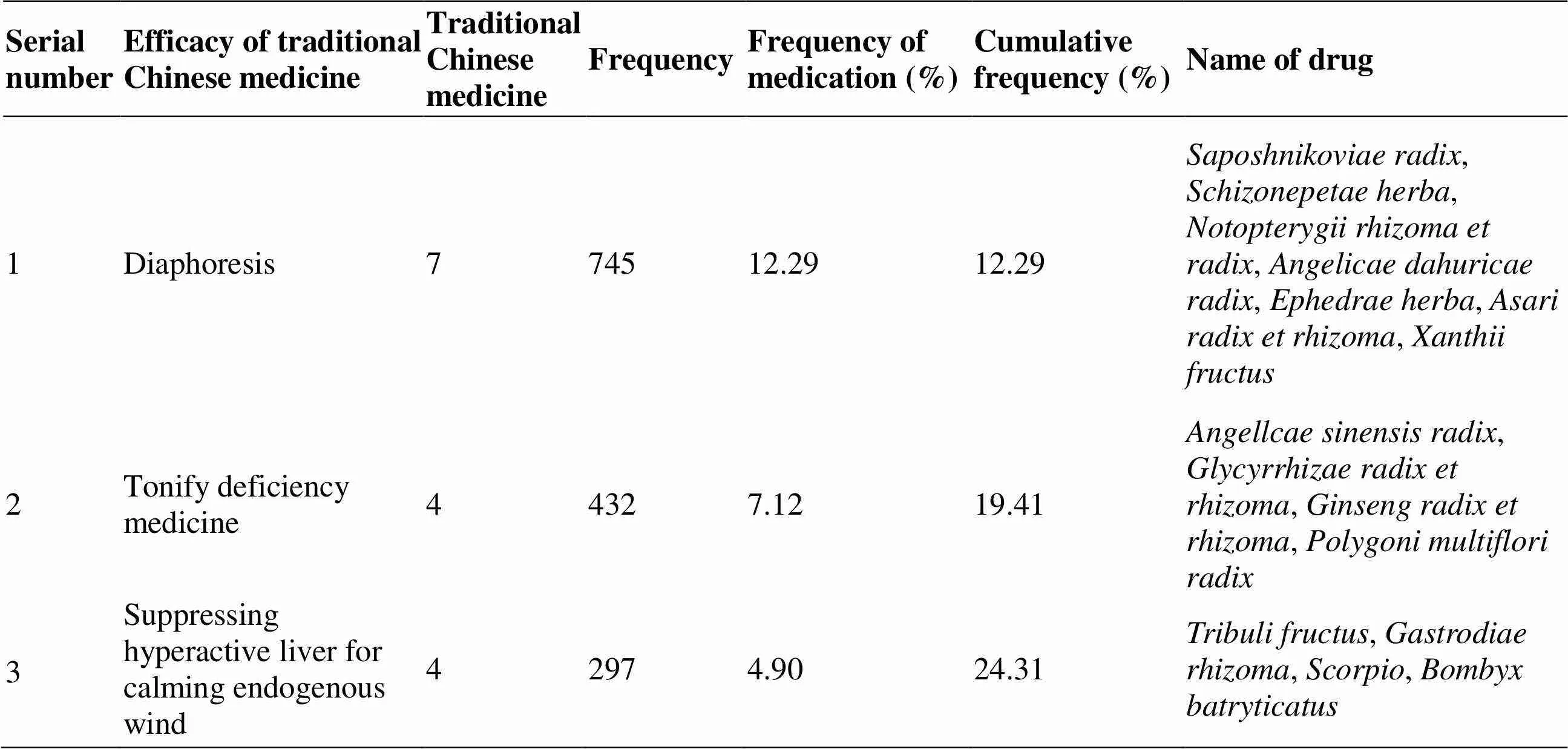
Table 2 Function of drugs with high-frequency use for the treatment of lepriasis

Table 2 Function of drugs with high-frequency use for the treatment of lepriasis (continued)

Table 3 Properties of drugs with high-frequency use for the treatment of lepriasis

Table 4 Taste of drugs with high-frequency use for the treatment of lepriasis

Table 4 Taste of drugs with high-frequency use for the treatment of lepriasis (continued)

Table 5 Meridian of drugs with high-frequency use for the treatment of lepriasis

Table 5 Meridian of drugs with high-frequency use for the treatment of lepriasis(continued)

Table 6 Association rules of therapeutic drugs for lepriasis

Figure 1 Network diagram of drug association rules in pairs
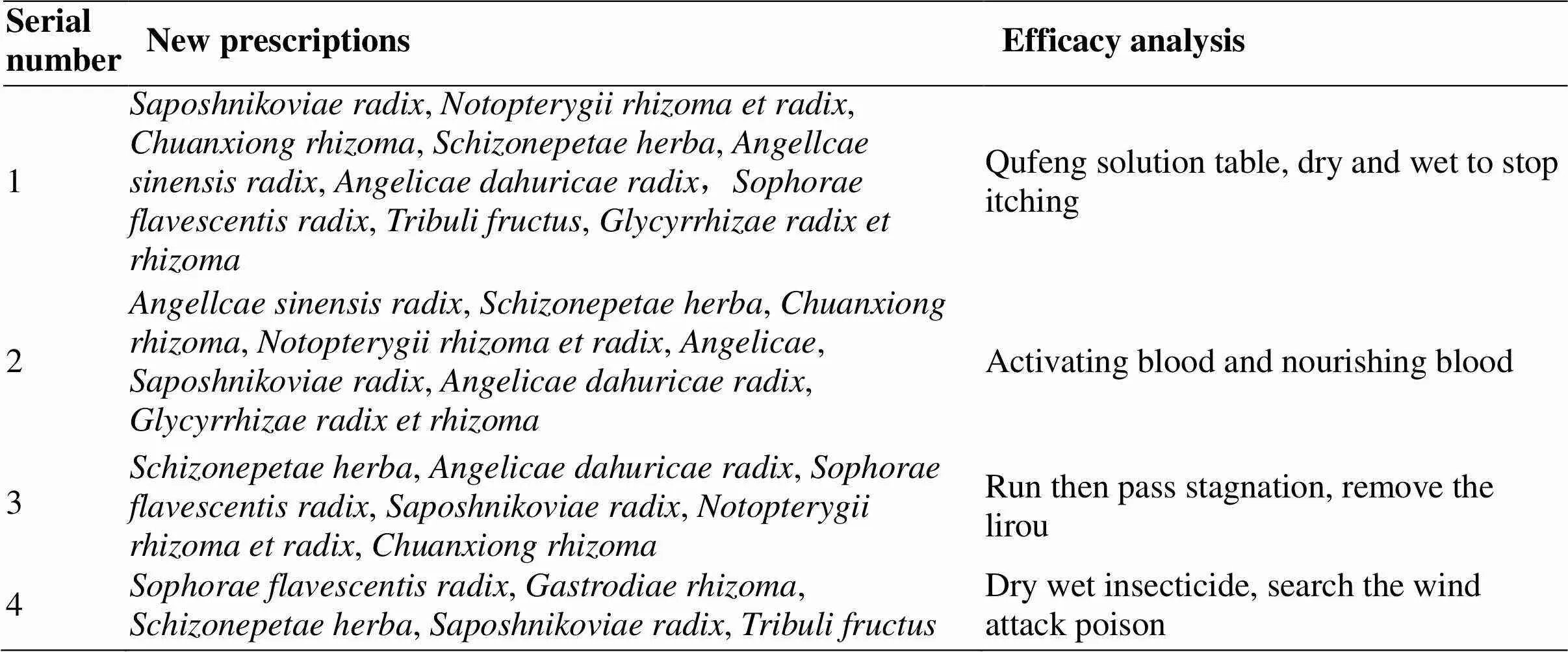
Table 7 New prescriptions for lepriasis based on hierarchical clustering
Discussion
Drugs with high-frequency use
The three most commonly used drugs were Fangfeng () Danggui () and Kushen (). Modern pharmacological studies have shown that Fangfeng () has anti-convulsive, antipyretic, analgesic, anti-inflammatory, and antibacterial effect [8]. Danggui () can tonify deficiency and activate blood circulation. Modern pharmacological studies have showed that Danggui () has anti-hypoxia, anti-atherosclerosis,immunomodulatory and bacteriostasis effects [9]. It is effective for physical dysfunction caused by leprosy [10]. Kushen () is an antipyretic drug and has functions of diuresis, antipyretic dryness, and dampness. Modern pharmacological studies have shown that sophora has antiviral, anti-allergic, anti-tumor, anti-liver fibrosis, anti-liver injury effects [11]. In addition, Kushen () belongs to bitter and cold-natured drugs and can eliminate dampness. Overall, drugs with high-frequency use can relieve exterior syndrome, disperse pathogenic wind, eliminate dampness, relieve itching, etc.
Function of drugs with high-frequency use
The three most frequently used functions are diaphoresis, tonifying deficiency, and suppressing hyperactive liver for calming endogenous wind. Drugs with the function of diaphoresis are mainly used to dispel wind and sweat. Drugs with the function of tonifying deficiency are mainly used to promote blood circulation and nourish blood. Drugs with the function of suppressing hyperactive liver for calming endogenous wind are mainly used to extinguish wind to arrest convulsion and replenish blood and nourish liver. Based on the clinical practice of modern doctors, it is found that the combination of heat-clearing and dampness, blood-nourishing and blood-activating, insect-killing and antipruritic drugs can significantly improve the efficacy [12].
Taste of drugs with high-frequency use
Three most frequently used tastes are spicy, bitter, and sweet. Spicy drugs can relieve exterior syndrome and dispel the wind. Sweet drugs can nourish the blood and promote blood circulation. Bitter drugs can clear heat, remove toxicity,eliminate dampness, and relieve itching.
Meridian of drugs with high-frequency use
It can be seen that the meridians used frequently are liver meridians, lung meridians, spleen meridians and stomach meridians. Drugs with these meridians can recuperate the vitality, nourish blood and liver, and dispel the wind.
Association rule analysis
The pharmaceutical composition with the highest support degree was Fangfeng () plus Jingjie (). The support degree of Fangfeng () plus Danggui (), Kushen () plus Fangfeng (Saposhnikoviae radix), Danggui () plus Chuanxiong (), Kushen () plus Jingjie () was lower than that of Fangfeng () plus Jingjie (). These drugs can detoxify and dispel wind, nourish blood, eliminate dampness, etc.
New prescription based on hierarchical clustering
Four new prescriptions for the treatment of leprosy were finally obtained. According to the analysis of the composition of the new prescription, it can be known that prescription 1 can dispel the wind and relieve itching. Prescription 2 can nourish blood and activate blood. Prescription 3 can moisten stool and remove the collaterals. Prescription 4 can eliminate dampness and search the wind to attack poison. By the analysis of new prescription, it can be seen that the treatments of leprosy mainly include dispel the wind, attack the poison, eliminate dampness, kill insects, nourish the liver, calm the wind, promote blood circulation and enrich blood.
Conclusion
The law of Chinese medicine prescription for lepriasis in dictionary of Chinese medicine prescription was summarized by data mining. It provides an insight into the treatment of lepriasis using traditional Chinese medicine and new drug research.
1. Ren X. Analysis of psychological characteristics of patients with leprosy and nursing. J Contemp Nurs 2010, 27: 36–37
2. Liu J. Epidemiological analysis of newly diagnosed leprosy patients in Beijing area and study on the possible mechanism of the role of PPAR- and ADRP in lipid metabolism of leprosy patients. Capital Medical University, 2015.
3. National Leprosy Eradication Programm 2007.
4. Ooi WW, Moschella sl. Update onleprosy in immigrants in the United States: status in the year 2000. Clin lnfect Dis 2001, 32: 930–937.
5. Jiang AS. My understanding and experience on the pathogenesis and treatment of leprosy in traditional Chinese medicine. Skin Dis Prev Treat1983: 66–70.
6. Chen WW. Chinese Medicine. Beijing: China Press of Traditional Chinese Medicine, 2008.
7. National pharmacopoeia committee. Pharmacopoeia of the People's Republic of China (part I). Beijing: China Medical Science and Technology Press, 2015.
8. Han JJ, Wang H. Pharmacological analysis of wind protection. Zhejiang J Tradit Chin Med 2015, 50: 52–57.
9. Gong R. Progress in research on the pharmacological effects of angelica. Heilongjiang Sci Technol Inf 2015, 119.
10. Yue HC. Solution selection of leprosy prescription. Fujian Tradit Chin Med 1960: 39–41.
11. Ni SF, August, Sun PW,et al. New progress in pharmacology of sophora flavescens. Shi Zhen 2008, 154: 224–225.
12. Ma YK. Treatment of leprosy by differentiation of syndromes and types: 6 rules of difficult test cases of leprosy. J Chengdu Univ Tradit Chin Med 1993: 15–21.
10.12032/MDM2020063001
:
The authors declare that they have no conflict of interest.
:
Hai-Ping Duan, Hai-Die Liu, Yu-Rong Zhao, et al. The law of Chinese medicine prescriptions in dictionary of Chinese medicine prescription for lepriasis: a data mining analysis. Medical Data Mining 2020, 3 (2): 49–58.
: Xiao-Hong Sheng.
: 5 March, 2020,
4 April, 2020,
:11 April 2020.
Li-Fen Wang, The First Affiliated Hospital of Yunnan University of Chinese medicine/Yunnan Provincial Hospital of Traditional Chinese Medicine, No.120 Guanghua Street, Yunnan Hospital of Traditional Chinese Medicine, Wuhua District, Kunming 650021, China. Email: wlf15808711551@163.com.
- Medical Data Mining的其它文章
- Family participation and educational guidelines for secondary prevention of myocardial infarction: an overview
- Rules of prescriptions for diabetes in dictionary of traditional Chinese medicine prescriptions based on data mining
- Characteristic of prescriptions from associate professor Lifen Wang for acne vulgaris: a data mining analysis
- Mechanisms of Quzhisanwei formula for non-alcoholic steatohepatitis based on a network pharmacology approach

